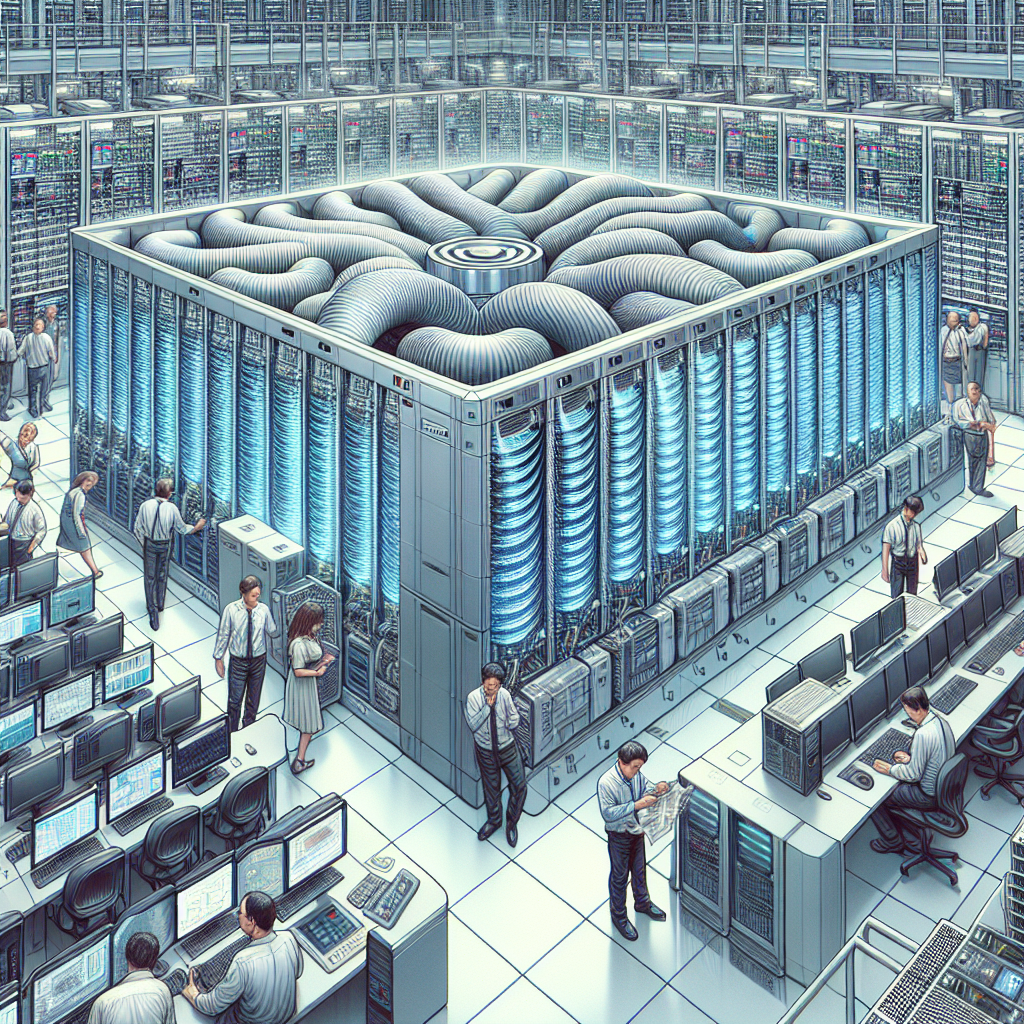Your cart is currently empty!
Improving Data Center Cooling Performance: Tips for Optimizing Your System

Data centers are critical components of modern businesses, housing servers, storage devices, and networking equipment that support essential operations. However, these facilities can generate significant amounts of heat, which can lead to performance issues and equipment failures if not properly managed. Improving data center cooling performance is essential for maintaining optimal operating conditions and ensuring the longevity of your equipment. Here are some tips for optimizing your system:
1. Implement Hot Aisle/Cold Aisle Containment: One of the most effective ways to improve cooling performance in a data center is to implement hot aisle/cold aisle containment. This design separates the hot exhaust air from the cold intake air, preventing mixing and reducing the workload on cooling systems. By containing the hot air and directing it away from the equipment, you can create a more efficient cooling environment.
2. Use Efficient Cooling Technologies: Consider investing in efficient cooling technologies such as in-row cooling units, which can provide targeted cooling to specific areas within the data center. These units can help reduce energy consumption and improve cooling performance by delivering cool air directly to the equipment that needs it most.
3. Optimize Airflow Management: Proper airflow management is crucial for maintaining optimal cooling performance in a data center. Make sure that air vents are unobstructed, and that cold air is delivered efficiently to equipment intake areas. Implementing blanking panels and sealing gaps in server racks can help prevent hot air recirculation and improve overall airflow.
4. Monitor and Manage Temperature and Humidity Levels: Regularly monitor temperature and humidity levels in your data center to ensure that they are within recommended ranges. Implement temperature and humidity sensors throughout the facility and use a management system to track and adjust cooling settings as needed. Maintaining proper environmental conditions can help prevent equipment overheating and prolong the life of your hardware.
5. Consider Liquid Cooling Solutions: Liquid cooling solutions can provide more efficient cooling than traditional air-based systems, especially for high-density server environments. By using liquid coolant to absorb and dissipate heat, you can achieve higher cooling capacities and reduce energy consumption. While liquid cooling systems can be more complex to implement, they can offer significant benefits in terms of cooling performance.
6. Optimize Server Placement: Properly positioning servers within the data center can also help improve cooling performance. Ensure that servers are spaced out evenly to allow for adequate airflow between them. Avoid stacking servers on top of each other or placing them too close together, as this can impede airflow and lead to overheating.
By implementing these tips for optimizing your data center cooling system, you can improve performance, reduce energy consumption, and extend the life of your equipment. Proper cooling management is essential for maintaining the reliability and efficiency of your data center, so make sure to prioritize cooling optimization in your facility.

Leave a Reply